Enriching identity
Ho Chi Minh City currently has more than 300 ranked relics, including special national relics such as Cu Chi Tunnels, Nha Rong Wharf... These are not only "living evidence" of the history of revolutionary struggles, but also unique cultural and tourism resources, contributing to shaping the city's unique identity.
Memory tourism, exploiting heritage spaces and historical sites, is becoming a bright spot attracting domestic and international visitors. In the first 9 months of 2025 alone, the Cu Chi Tunnels Historical Site (An Nhon Tay Commune, Ho Chi Minh City) attracted more than 1.3 million visitors, of which over 50% were international visitors. The city is completing the dossier to submit to UNESCO to recognize this relic as a World Heritage Site. Once recognized, Cu Chi Tunnels will become an international cultural and historical destination, contributing to enhancing the position of Ho Chi Minh City on the global heritage map.
In addition, many iconic architectural and cultural works of the city such as: Reunification Hall - Independence Palace, City Theater... are also being invested in, restored, preserving their original values, combined with exploitation to serve the public. Heritage conservation is not only preserving past memories, but also creating a unique cultural space, connecting the community and developing sustainable tourism.
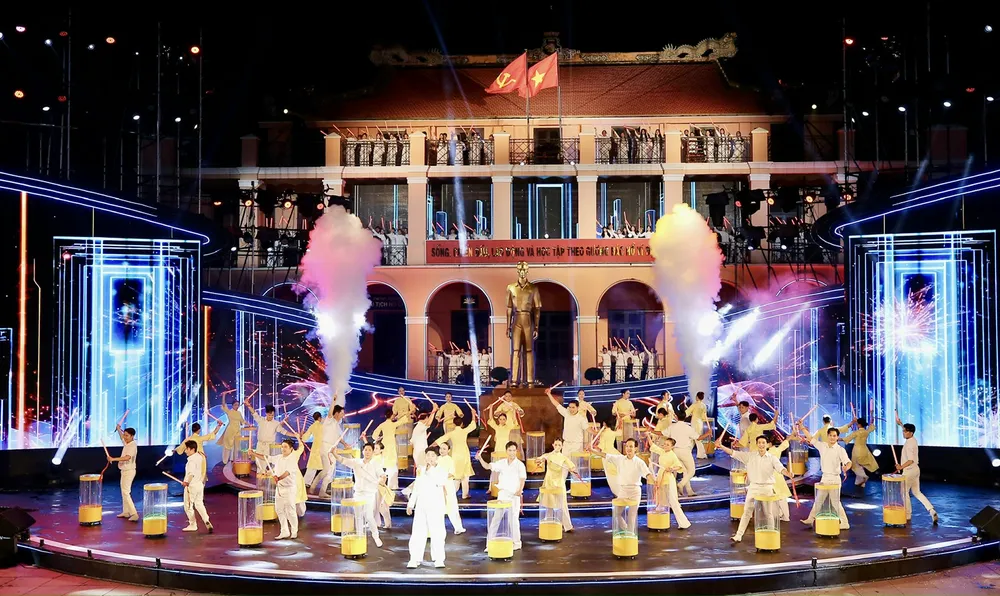
It is noteworthy that the awareness of heritage conservation in the community and local authorities has clearly changed. Many localities have proactively made plans to manage relics associated with community tourism development. In Vinh Loc commune, the Vinh Loc Fire Line Civilian Historical Site has become a place for traditional education for students. In Can Gio, the mangrove forest - the "green lung" of the city, is exploited as a cultural - ecological space, attracting a large number of tourists.
After merging with Binh Duong and Ba Ria - Vung Tau, the development vision of Ho Chi Minh City has expanded, converging many heritage values of the Southeast region. This is a great opportunity to exploit high-value heritage tourism, notably promoting the value of Con Dao Special Zone, aiming to form a chain of inter-regional cultural spaces, creating unique heritage destinations. In the development process, the city is determined to preserve and promote national cultural identity, while absorbing the quintessence of human culture, creating a rich cultural exchange. This is what makes up the unique "soul" of Ho Chi Minh City - a converging and spreading urban area, where traditional and modern values go hand in hand.
The city also pays great attention to investing in relic conservation. The state budget for relic restoration in the 2020-2022 period is about 90 billion VND, increasing to 580 billion VND in the 2023-2024 period, an increase of more than 600%. Many important relics such as the Ho Chi Minh City People's Court, Chi Hoa Communal House, Giac Vien Pagoda, Xom Hue Communal House, Giong Ca Vo... are being restored with state budget funds. At the same time, socialized capital is also expanding, from 60 billion VND in the 2020-2022 period to 365 billion VND in the 2023-2024 period. Many typical works are being restored with socialized resources, such as: Saigon Notre Dame Cathedral, Van Thanh Pagoda, Sac Tu Truong Tho Pagoda...
Dr. Nguyen Thi Hau, General Secretary of the Ho Chi Minh City Historical Science Association, shared: “In the era of globalization, urban cultural activities are a “mirror” that reflects the modernity and identity of the city in the most honest and clear way. Ho Chi Minh City has a lot of creative potential, especially among the young generation. Through creative design weeks, competitions, art exhibitions, fashion shows, music, urban memory experiences, etc., the city can form civilized and modern cultural industrial products, bearing its own identity.”
Elevating the city's status
If heritage preservation is the way to preserve the past, then developing the cultural industry is the way to open the future. Ho Chi Minh City has identified the cultural industry, creative industry and contemporary cultural activities as one of the pillars of sustainable development of the city in the coming period. In recent years, cultural creative spaces in Ho Chi Minh City have developed rapidly. Contemporary art areas, exhibition spaces, outdoor stages, community cultural spaces, etc. have become places to connect artists, designers, architects, researchers and people.
Public spaces such as Nguyen Hue walking street, Bui Vien... have become venues for many community cultural activities, public art performances, and open exhibitions. In addition, annual festivals such as: Ho Chi Minh City Ao Dai Festival, Nguyen Hue Flower Street - Ho Chi Minh City Tet Book Street, Ho Chi Minh City Festival - Our Common Home, Ho Chi Minh City River Festival, Ho Do Music Festival... have become typical "cultural brands", attracting a large number of people and international tourists, while contributing to enriching the spiritual life of the community.
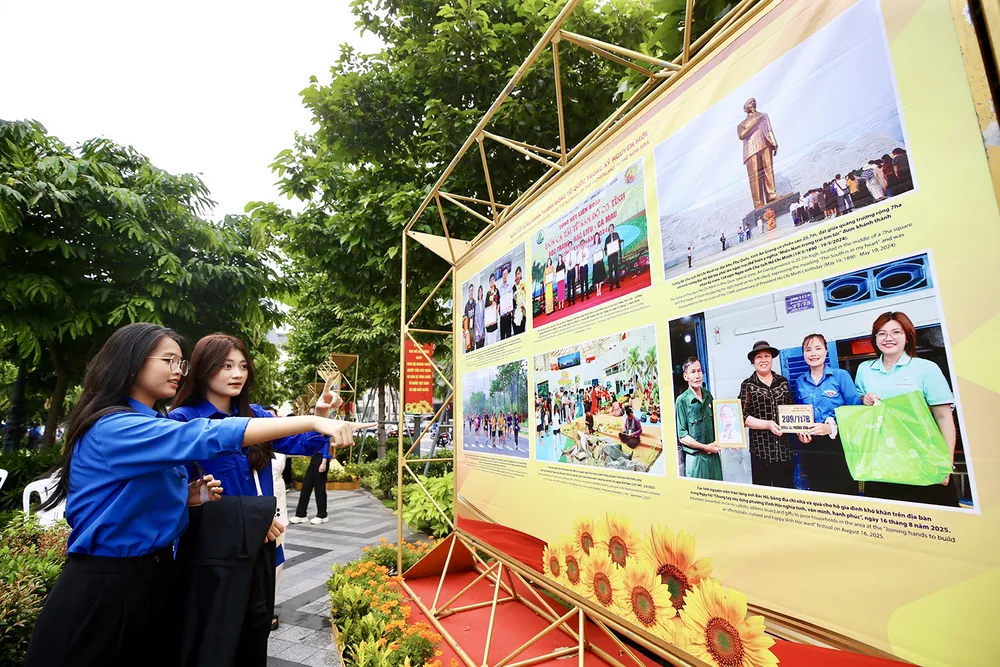
The city also focuses on developing contemporary art, digital art and new creative forms. Many young creative groups have transformed old industrial zones and abandoned warehouses into art complexes, exhibitions and design studios - vivid evidence of the ability to "revive" urban cultural spaces in a transitional context.
Ms. Nguyen Thi Thanh Thuy, Deputy Director of the Department of Culture and Sports of Ho Chi Minh City, said: "Currently, the city has about 17,670 enterprises operating in the cultural field, accounting for 7.74% of the total number of enterprises in the area. The production value of cultural industries has continuously increased over the years. Ho Chi Minh City aims to have the contribution of the cultural industry to the city's economic growth reach more than 7% by 2030."
In order for culture to truly become an endogenous strength, the city has identified synchronous investment in the cultural institution system and the development of high-quality human resources as two key, continuous tasks. A series of large-scale projects such as: Ho Chi Minh City Symphony - Music - Ballet Theater in Thu Thiem New Urban Area with more than 1,700 seats; Phu Tho Circus and Multi-purpose Performance Theater (Phu Tho Ward) with an area of 10,000m2 , total investment of 1,395 billion VND; upgrading the Ho Chi Minh City General Science Library (Ben Thanh Ward) towards a digital library with about 6 million pages of digitized documents; starting construction of Ho Chi Minh City Children's Palace in Thu Thiem New Urban Area with a total investment of more than 1,124 billion VND..., will be new cultural and architectural symbols of the city in the integration era.
Through many stages of development, Ho Chi Minh City has always played a pioneering role in innovation and creativity. What creates the depth and unique identity of the city lies not only in the speed of development, but also in the sustainable cultural flow cultivated over time: Ho Chi Minh City's cultural space spreads to every neighborhood; historical relics are preserved; festivals and creative spaces are increasingly abundant.
Building "Ho Chi Minh Cultural Space"
One of the key tasks implemented by leaders at all levels and people of Ho Chi Minh City is to build a "Ho Chi Minh Cultural Space" - a space rich in identity, creativity and spreading noble human values, fostering patriotism and aspirations to rise up. From 2022 to now, the city has implemented hundreds of projects and activities associated with this cultural space.
Typical examples include live and online exhibition spaces, propaganda murals in residential areas and community activity spots. Every street corner and building has become a “red address”, where people and tourists can learn more about the life and revolutionary career of President Ho Chi Minh, thereby nurturing national pride and love for the homeland and country.
Source: https://www.sggp.org.vn/van-hoa-nen-tang-vung-chac-cua-do-thi-sang-tao-nhan-van-post817723.html




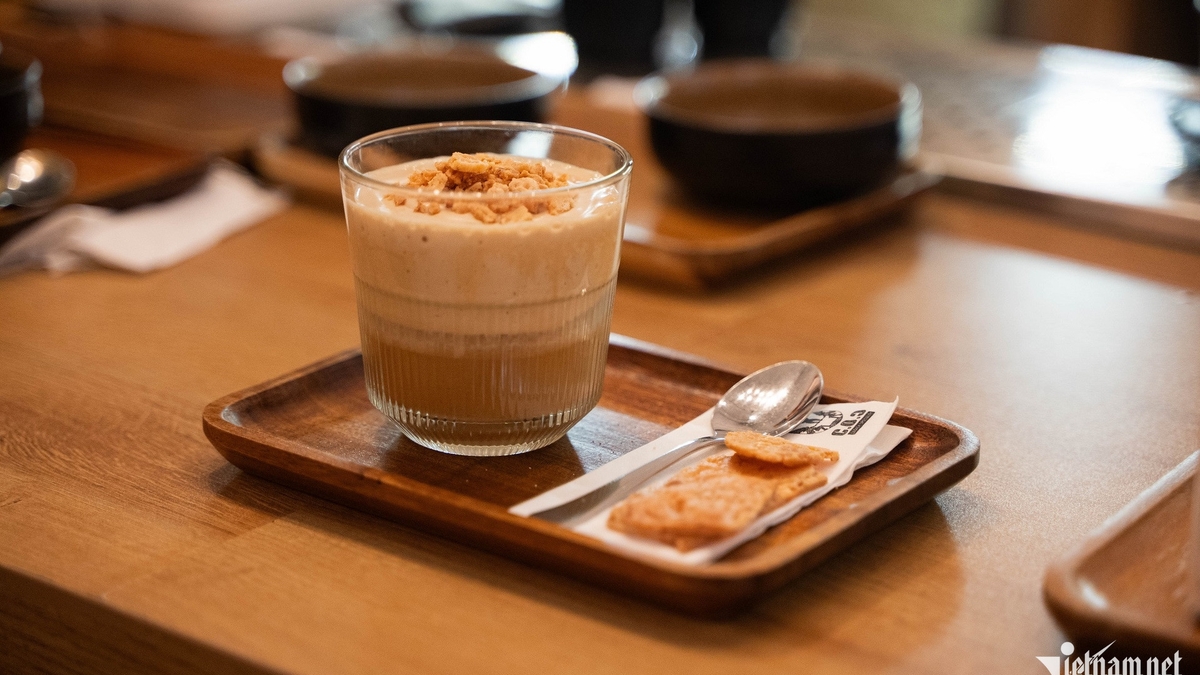

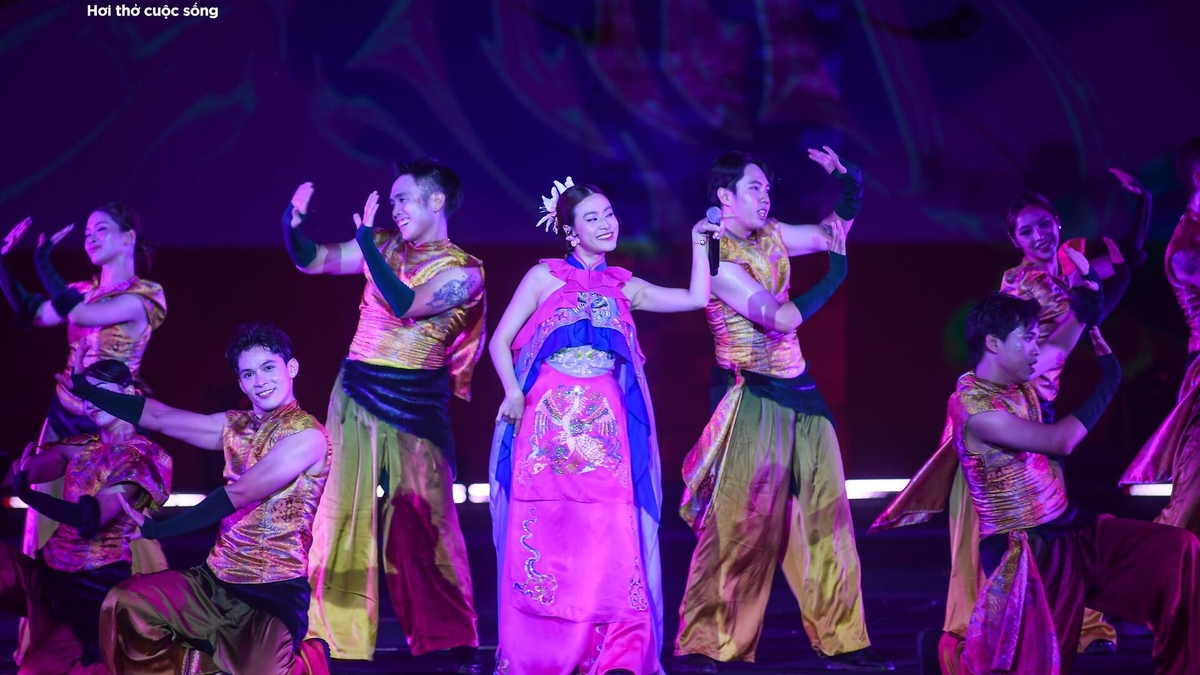
![[Photo] General Secretary To Lam attends the opening of the 1st Government Party Congress](https://vphoto.vietnam.vn/thumb/1200x675/vietnam/resource/IMAGE/2025/10/13/1760321055249_ndo_br_cover-9284-jpg.webp)


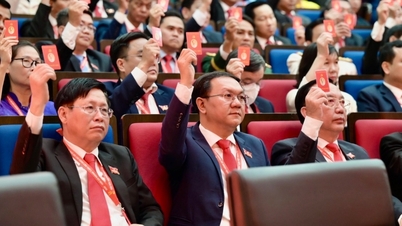
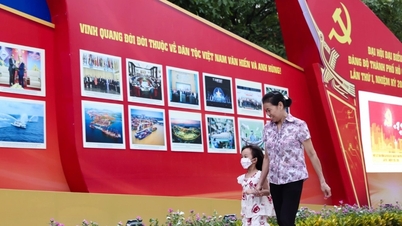



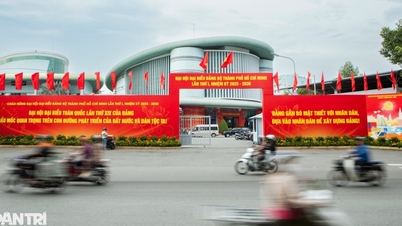
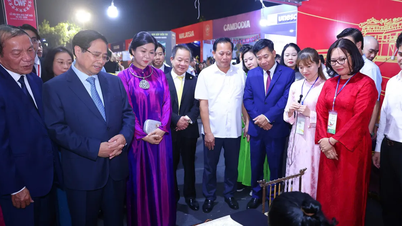
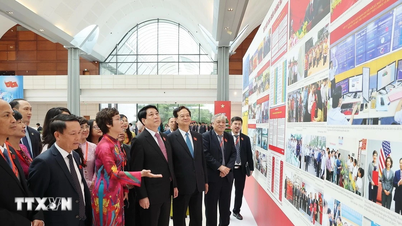

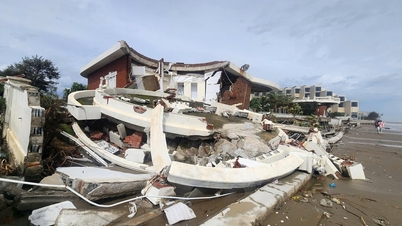


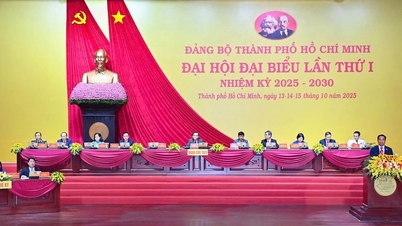
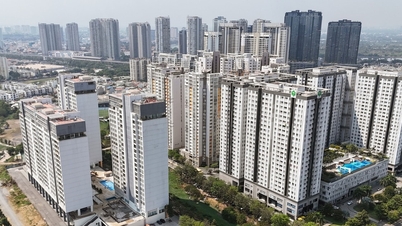




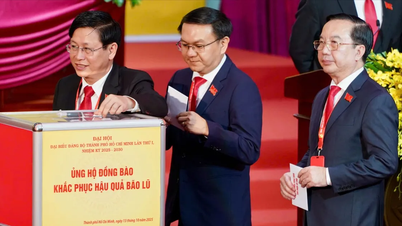
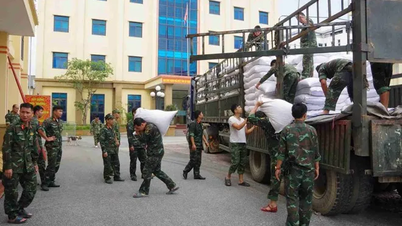


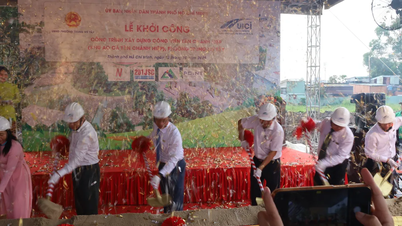
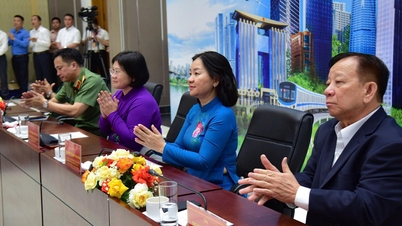


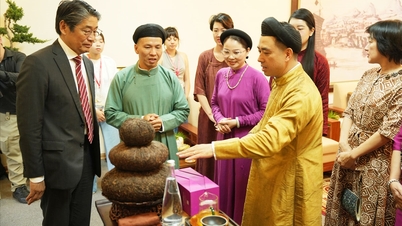













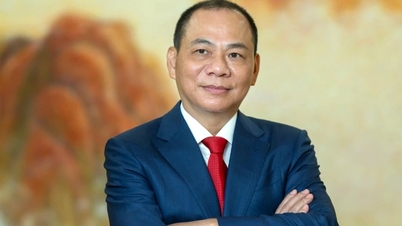






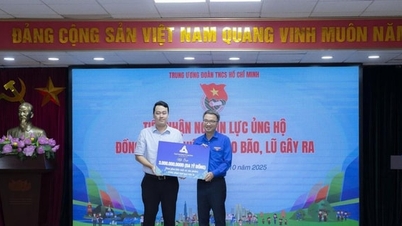

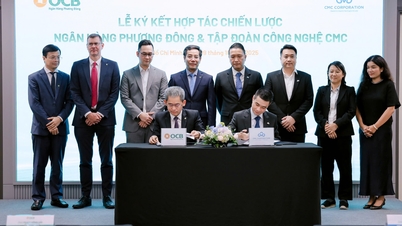

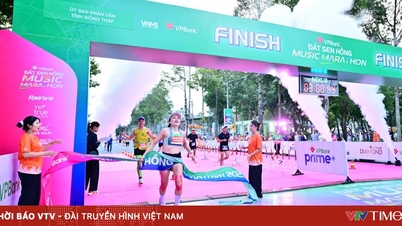

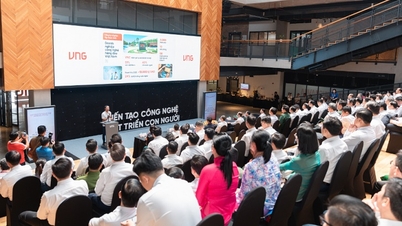










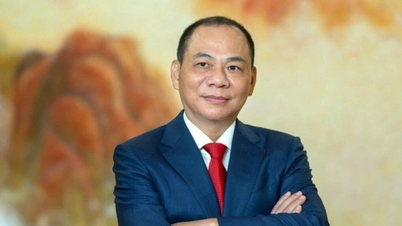
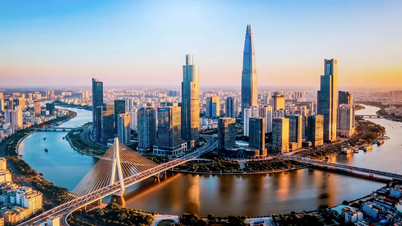




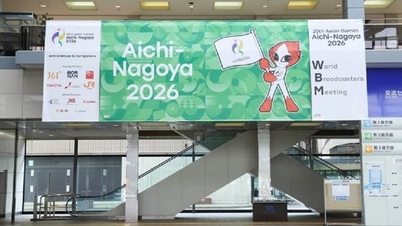

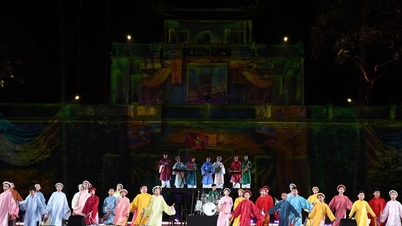


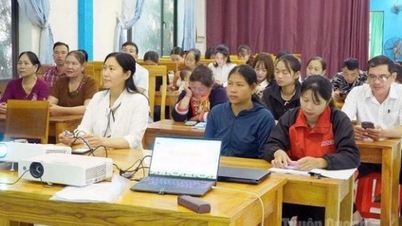

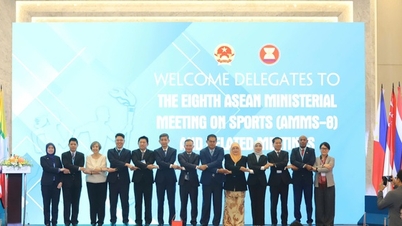
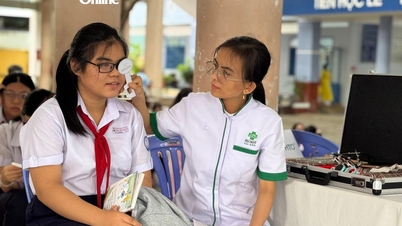

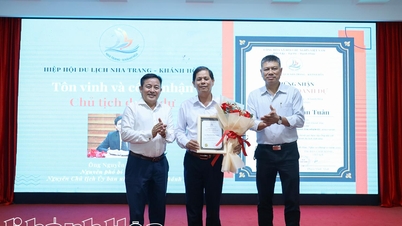


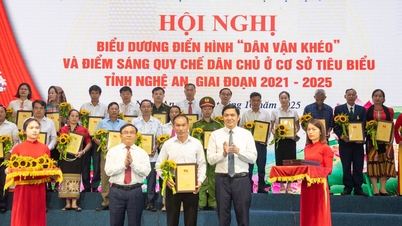


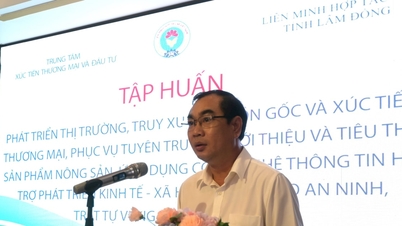












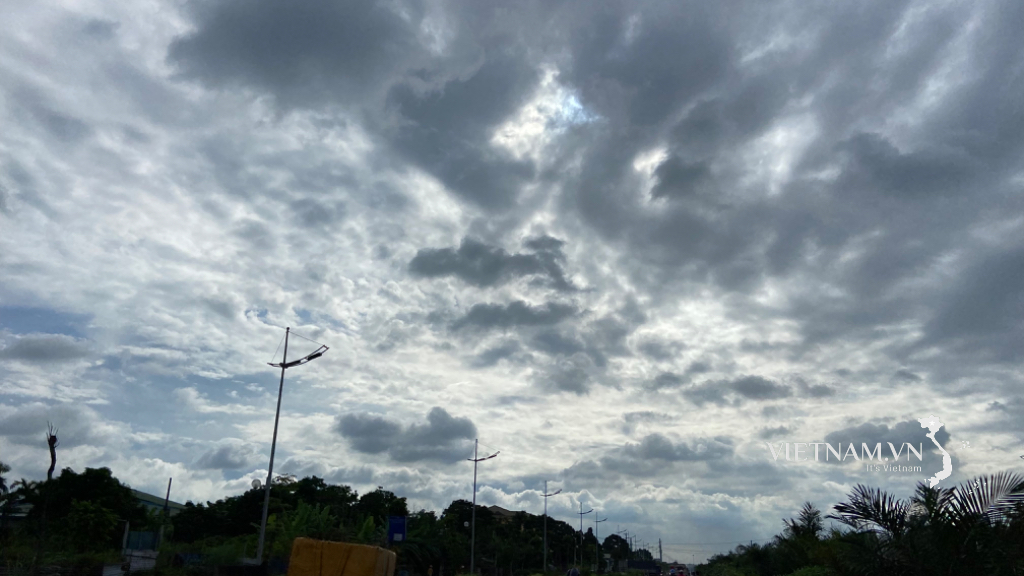

Comment (0)